As climate change and habitat destruction become increasingly public concerns, it is important to educate audiences about the importance of wildlife conservation and the role of human interaction in these habitats.
However, there are certain difficulties in animal observation due to some factors. For example, specific animals are more active at night, with insufficient light or hidden in the depths of the jungle, it is difficult to find them; some animals are extremely aggressive or full of danger and are not suitable for close observation.
Thermal imaging technology has the ability to effectively translate heat - that is, thermal energy - into visible light to analyze surroundings. With the help of infrared images, animals can be tracked even in poor visibility conditions and total darkness.
So what do these animals look like under infrared thermal imaging?
Next is the effect seen by our Thermal and Night Vision Devices!
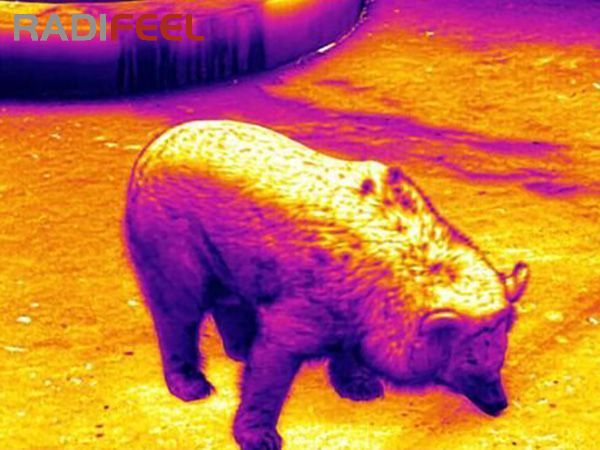
1. Infrared Thermal Imaging · Bear
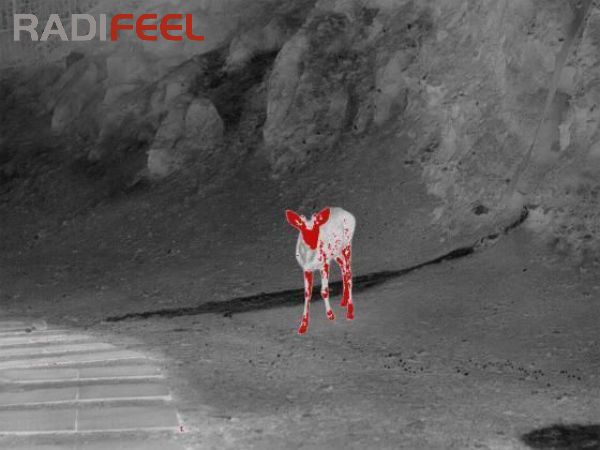
2. Infrared Thermal Imaging · Deer
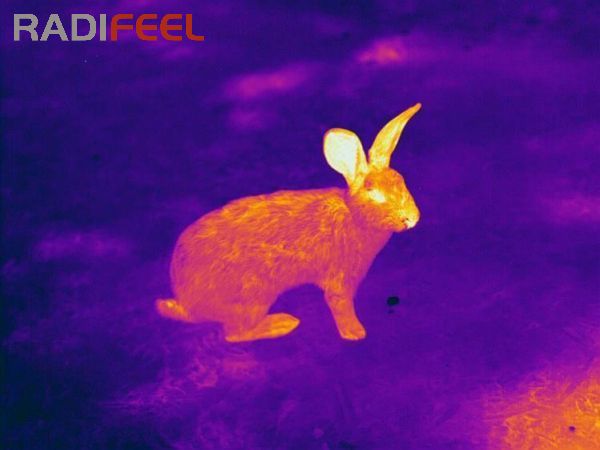
3. Infrared Thermal Imaging· Rabbit
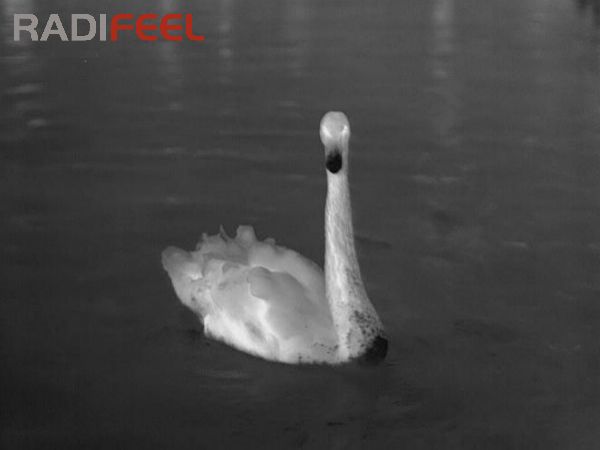
4. Infrared Thermal Imaging · Swan
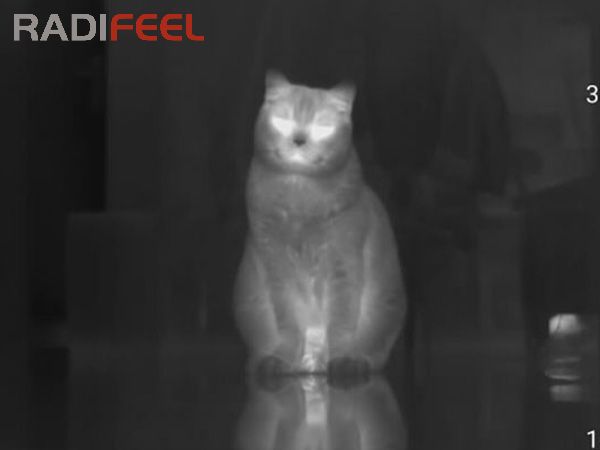
5. Infrared Thermal Imaging · Cat
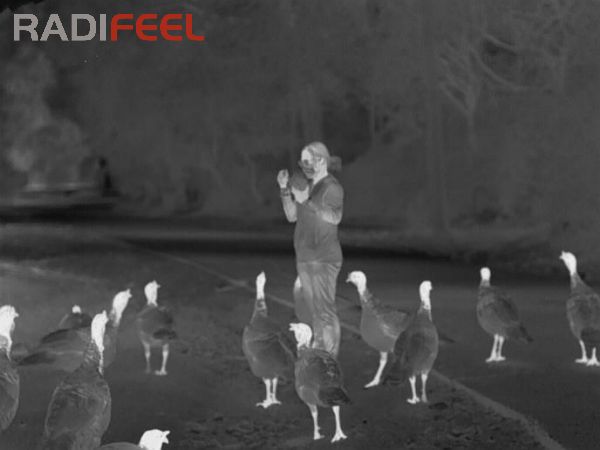
6. Infrared Thermal Imaging · Turkey
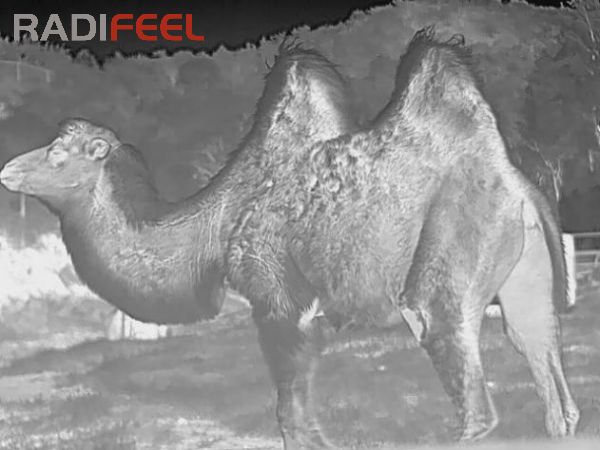
7. Infrared Thermal Imaging · Camel
Animal thermal imaging has been widely used in wildlife protection. Researchers can use the technology to track endangered species, monitor their movements and better understand their behavior patterns. The data collected helps implement effective conservation strategies, such as identifying important habitats, migration routes and breeding grounds. By harnessing thermal imaging, we can make a significant contribution to conservation efforts to protect the planet's biodiversity.
In addition to helping researchers and environmentalists, thermal imaging also plays a vital role in educating the public. By displaying fascinating infrared images, people can witness wildlife in a truly unique way. This immersive experience not only inspires curiosity, but also fosters an appreciation of the natural world. Understanding the challenges faced by wildlife and the critical role humans play in protecting them can encourage individuals to take an active role in protecting these ecosystems.
Thermal imaging technology has become a powerful tool to strengthen animal observation and protection. Its ability to spot hidden wildlife, work in low-light conditions, and ensure safety has revolutionized our understanding of the natural world. As we continue to face the challenges of climate change and habitat destruction, we must embrace these innovative technologies. By combining our efforts with thermal imaging, we can make significant progress in protecting and preserving the planet's vast wildlife diversity.
Post time: Aug-05-2023



